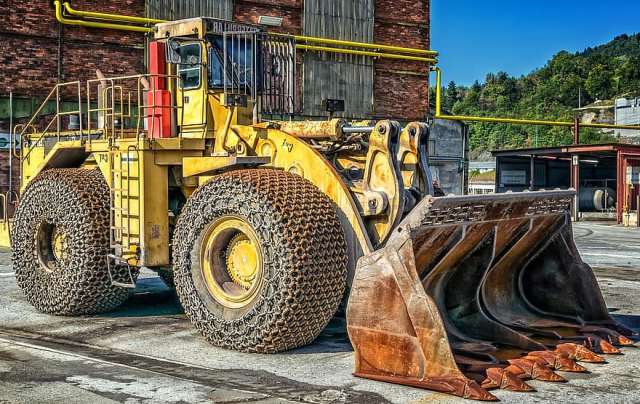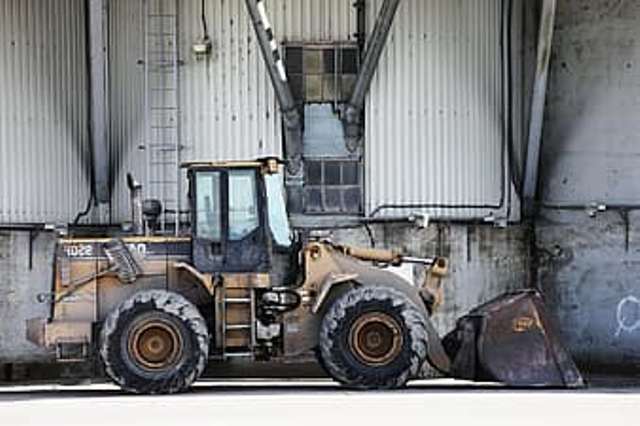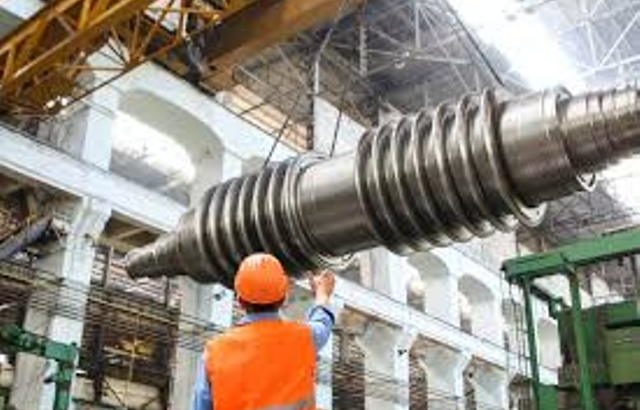Predictive maintenance has many advantages over preventive maintenance in the first place, as it avoids damage and production stoppages in most cases. However, the solutions to implementing a predictive maintenance process are more complex and more expensive. While it offers great savings in the long term, its apparent sophistication remains a hindrance for many companies who prefer simpler strategies such as preventive or reactive (understand here curative) maintenance.
What is predictive maintenance?

New technologies have brought their share of innovations in recent years and are starting a certain revolution in society and in many sectors of activity, such as that of heavy equipment or heavy machinery industry. Heavy equipment or heavy machinery (in this post) refers to heavy-duty vehicles, specially designed for executing construction tasks, most frequently ones involving earthwork operations or other large construction tasks.
Note: ALLINSON SOLUTIONS refurbishes and sells a wide range of heavy equipment as well as provide reliable maintenance services.
The Internet of Things (IoT) and Big Data, among others, are opening up new avenues for the maintenance of machinery and other equipment. In other words, predictive maintenance is based on the collection and analysis of data by means of various tools: sensors (we are talking here about IoT), computer tools that enable the modeling of failure patterns by taking into account the operating history of each machine, predictive algorithms driven by machine learning, or automatic learning, etc.
Predictive maintenance represents a significant change for the maintenance world, firstly because it is largely compatible with preventive maintenance, which consists of maintaining equipment on the basis of a pre-established schedule, but above all, because it allows substantial savings in time and money.
Why implement predictive maintenance?

Predictive maintenance is nowadays mainly favored by large companies, because of its implementation cost, but it is nevertheless a strategy of formidable efficiency.
Predictive maintenance, or predictive analytics, allows you to intervene on equipment at the right time before it breaks down. The goal is to avoid a production stoppage that could result in major losses for a company. This strategy also makes it possible to improve the overall rate of return of equipment through its optimization.
Repair and intervention costs are also reduced since the operations to be carried out are often less important than during a curative or corrective intervention. In the long term, predictive maintenance can, therefore, bring significant savings in time and money, and also a significant improvement in the quality of equipment, which can be an extremely important factor for a company.
Moreover, artificial intelligence has already proven its efficiency and effectiveness in many fields. One example is smart building, which also uses predictive maintenance for buildings, or the smart grid, which adjusts the flow of electricity within a network in real-time.
To sum up, a company will be able to significantly reduce the number of breakdowns on these machines and thus optimize its production cycle, optimize and reduce intervention time, and better anticipate needs on many points: spare parts and tools, training of intervention teams, etc.
Two types of predictive maintenance

There are two types of predictive maintenance that do not have the same implementation costs and do not have the same level of efficiency.
The first type is conditional predictive maintenance. It is based on increased monitoring of the equipment and its operating parameters. Among the data collected as part of this strategy are, for example, the machine’s operating hours, liquid levels, and operating temperatures. By collecting information in real-time with a continuous flow of data, predictive conditional maintenance already allows considerable time savings and allows interventions at the right time with an automatic alert system that is triggered as soon as the collected data approaches the programmed alert thresholds.
However, predictive maintenance is by far the most complete strategy. It allows predicting the moment when the machine could break down by means of predictive monitoring tools that use methods such as thermography, which allows detecting electrical defects or a leak, vibration analysis, which allows to identify part degradation and wear or even a tightening defect, or acoustic measurement with the help of ultrasounds, which also allow detecting many problems before they occur. To process these multiple collected information, companies use CMMS (Computerized Maintenance Management Systems).
Advice: When you buy heavy equipment, make sure the supplier provides maintenance services!
Where can you find a new or used heavy equipment supplier in South Florida that not only sells a wide range of heavy equipment but most importantly provide reliable maintenance services?

ALLINSON SOLUTIONS offers reliable heavy-duty motor equipment designed especially for heavy construction work. With both new or used heavy equipment motors you can consult with their experienced team of engineers that will help you overcome your challenges. You can contact them today to see their wide range of new or used motor equipment parts and other machinery that will certainly provide you with peace of mind.



















